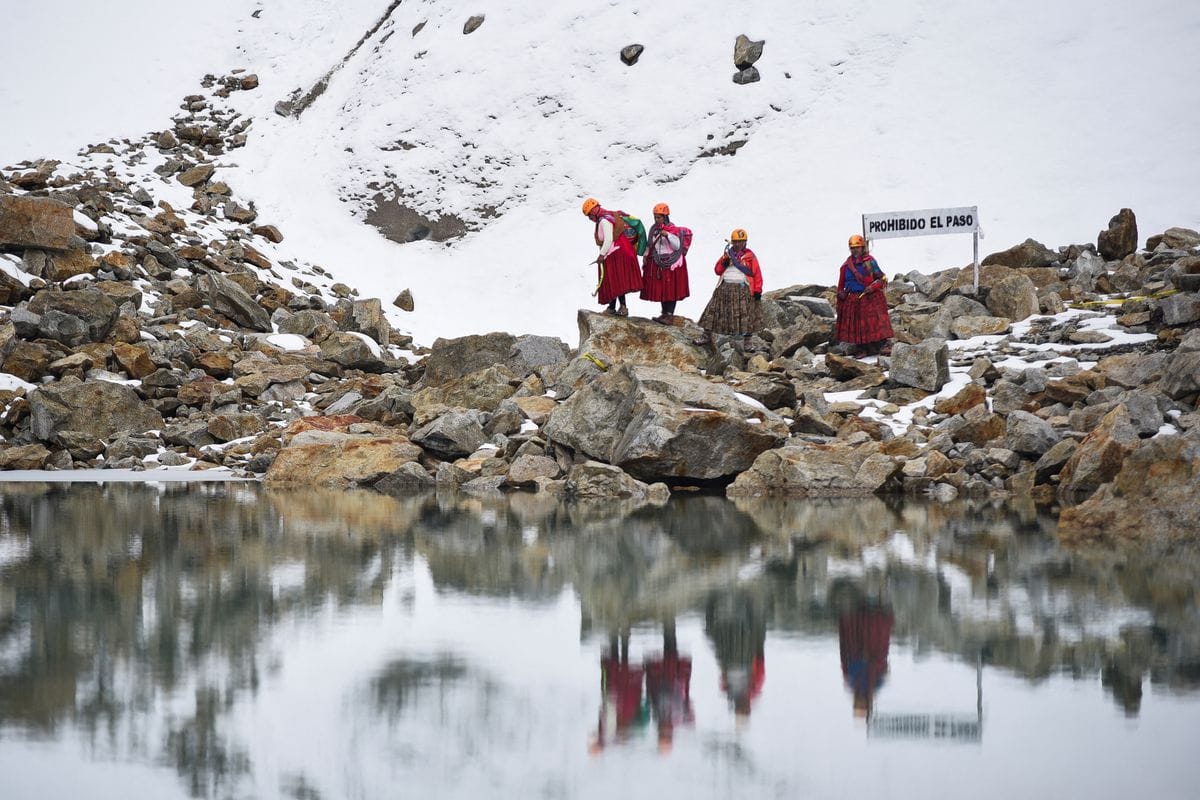
Scientists and climbers are fighting for the future of a fading glacier that has become a contentious tourist attraction in Bolivia’s high western plains, where snow is powdered over dark rocks that rise into a harsh grey sky.
The Charquini glacier is located in the Cordillera Real, a mountain range that separates the Amazon lowlands from the high Andean plateau, some 20 kilometres (12.43 miles) from La Paz, the highland administrative seat.
According to the Universidad Mayor de San Andrés (UMSA) and the French Research Institute for Development, it has been retreating rapidly, losing about 1.5 metres in thickness each year, echoing broader difficulties confronting glaciers throughout the Andes.
“What we have here is a very sensitive, unbalanced glacier that is practically doomed to disappear,” said Edson Ramirez, a doctor in glaciology at the University of Missouri-St. Louis, who added that responsible tourism is needed to save it.
“This is a glacier that is now undergoing a melting phase. It’s also a result of global changes like temperature rises and shifts in the amount of solid precipitation in the form of snow.”
Scientists suggest that glaciers in the Cordillera Real began to lose mass towards the end of the last ice age in the 17th century, but that the process has accelerated due to global warming. Three-quarters of Charquini’s original mass has already been lost.

Post Your Comments